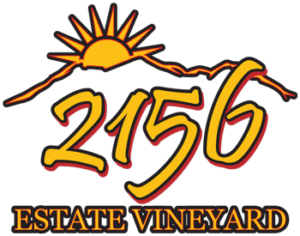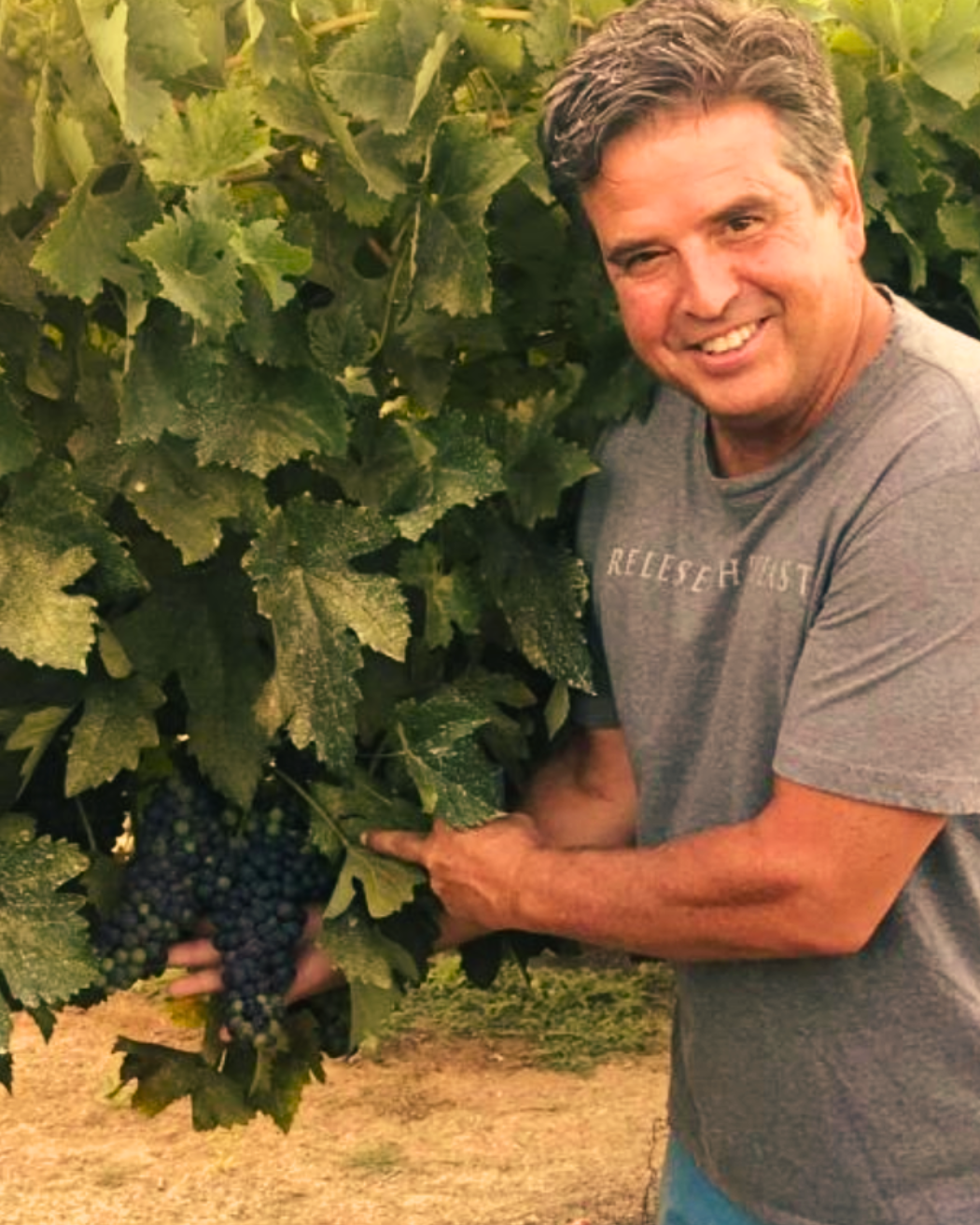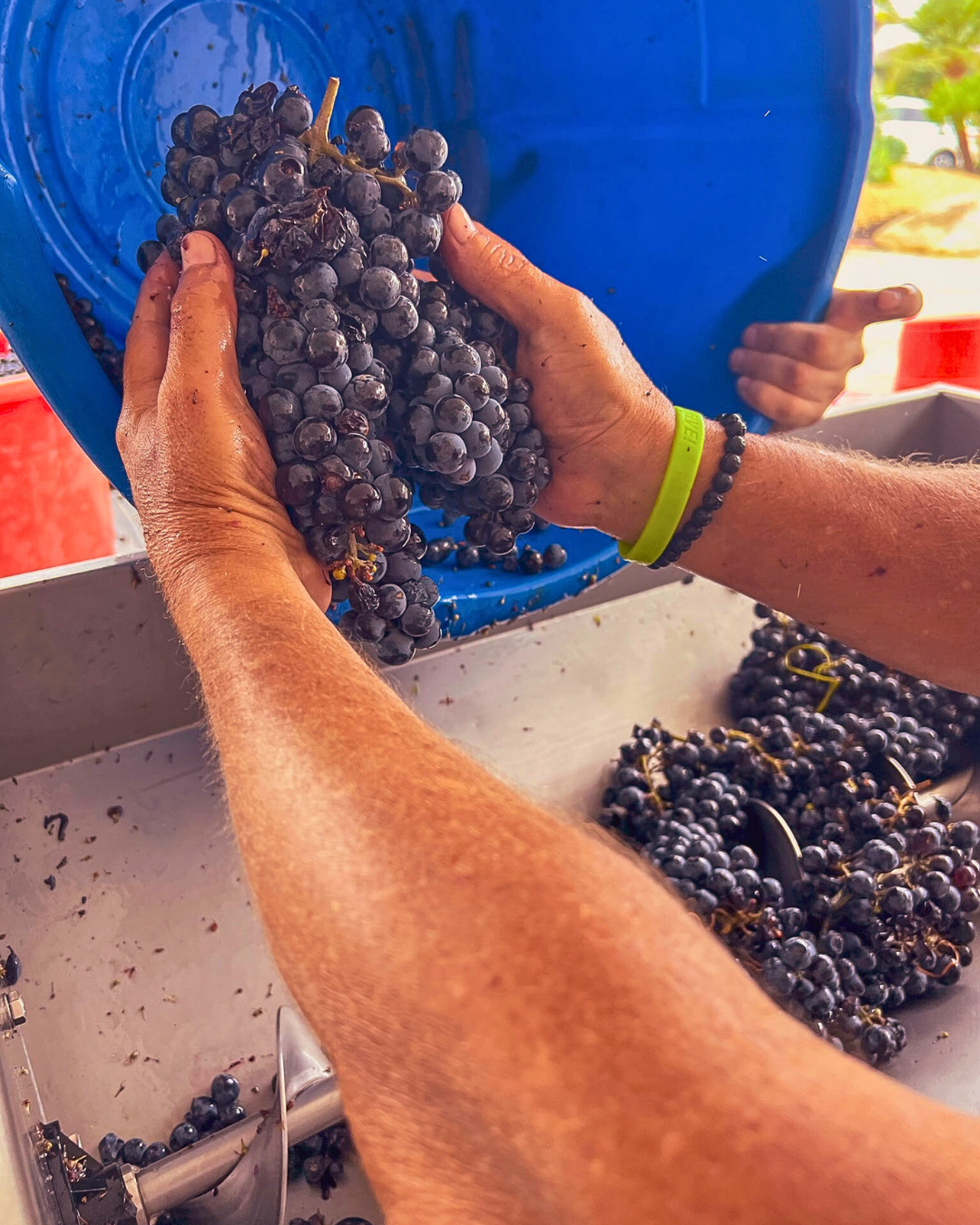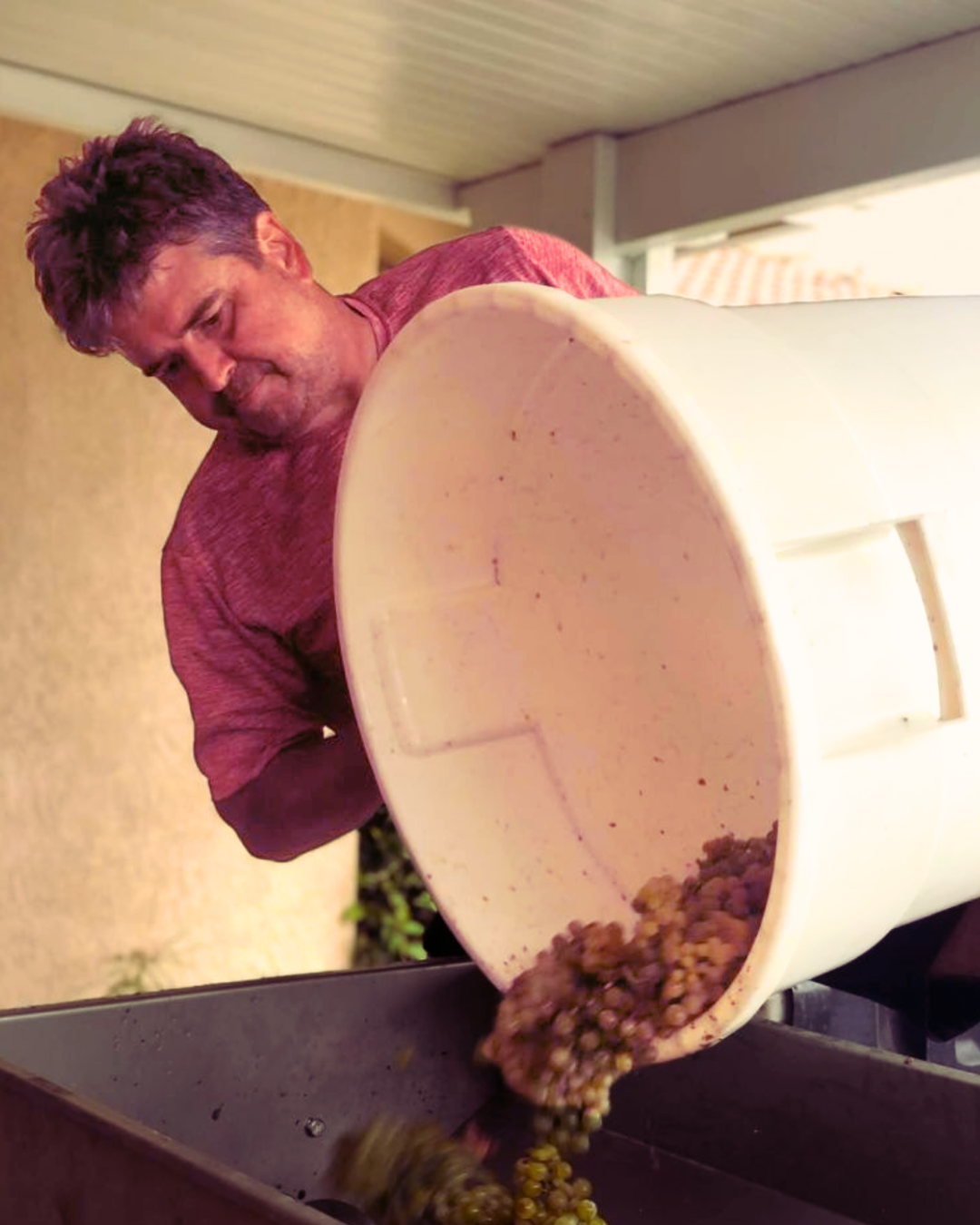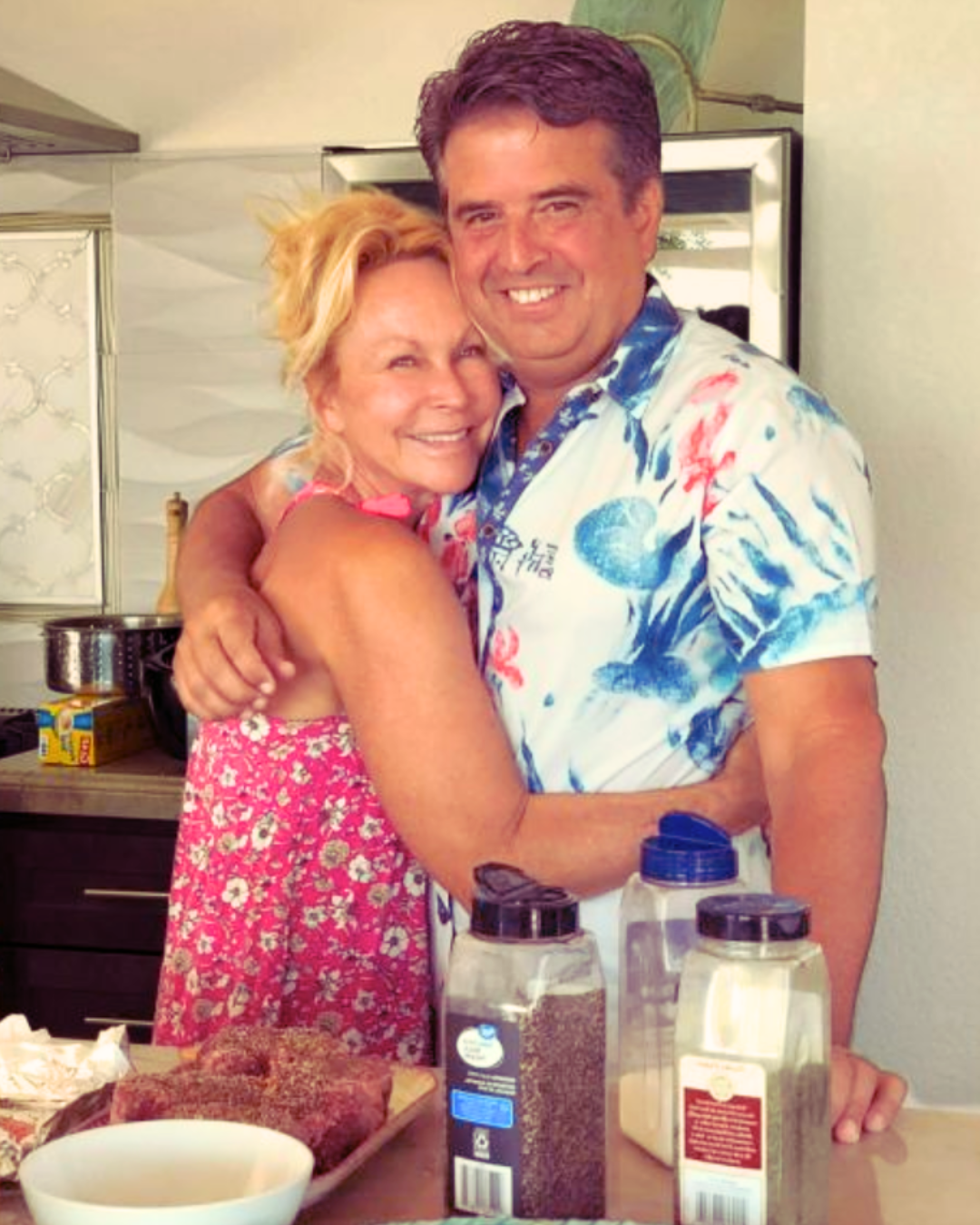Meet the Winemaker
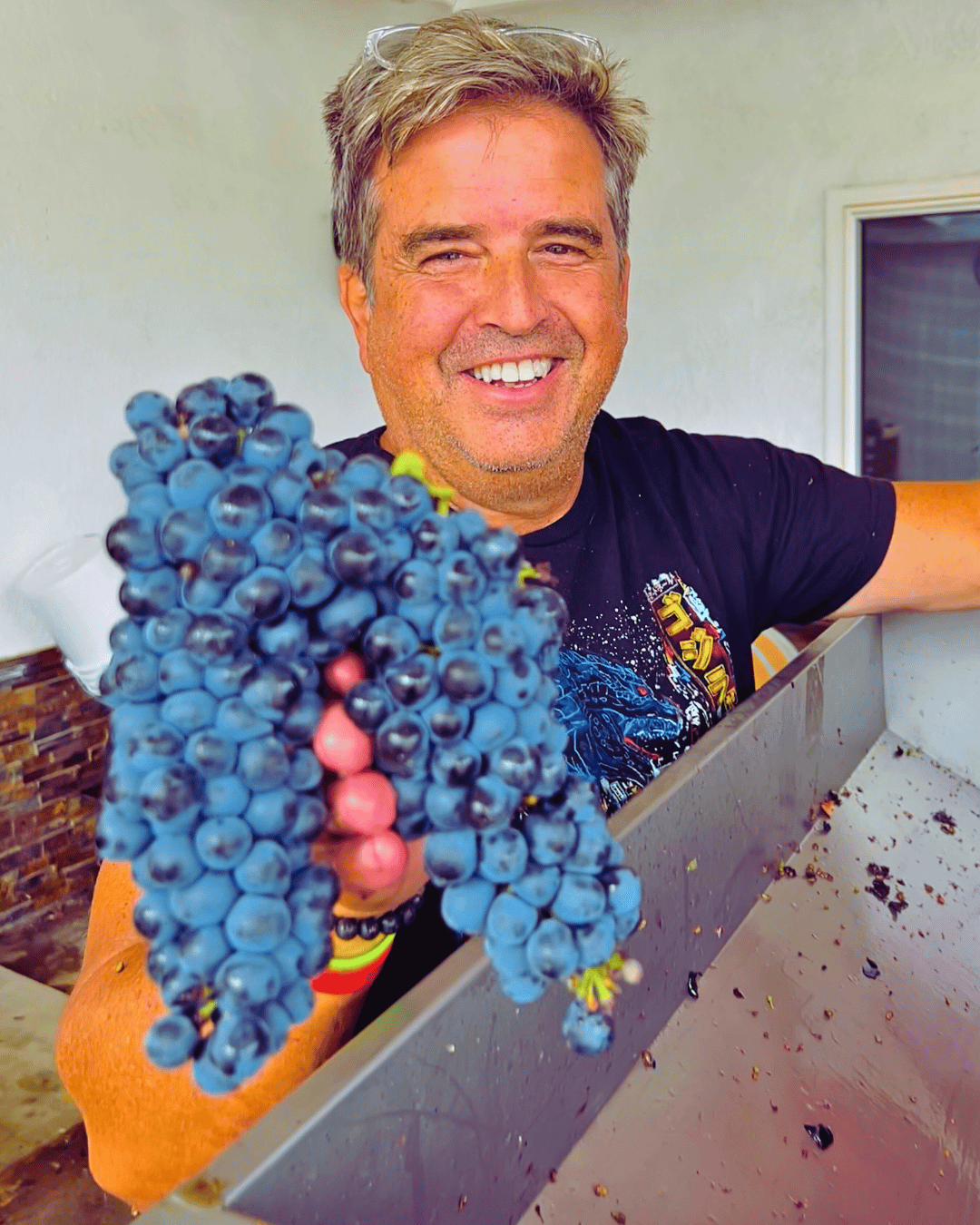
“Making wine isn’t about one big moment. It’s countless quiet choices — when to water, when to wait, and most importantly when to pick. Most of the work happens long before harvest, and most of it goes unnoticed. But that’s where the consistency and the character come from. In the end, it’s those small decisions, stacked day after day, that shape what ends up in your glass.”
— Dito Diez
Dito Diez is the co-founder and winemaker of 2156 Estate Vineyard. Since planting the first vines in 2014, he has been deeply involved in every step of the journey—from shaping the vineyard layout to producing each bottle that now bears the 2156 label.
A hands-on grower and winemaker, Dito manages everything from canopy training to harvest decisions, with a focus on crafting small-lot wines made exclusively from grapes grown on the estate. At 2,156 feet elevation, the vineyard’s unique microclimate offers distinct growing conditions, and Dito’s goal is to let that sense of place shine through in each vintage.
His thoughtful approach to farming and winemaking has helped earn 2156 Estate Vineyard recognition at some of the top competitions in the country, with multiple Double Gold and Platinum awards for varietals like the 2020 Estate Syrah and 2022 Viognier.
Dito is always learning from the land—adjusting with the seasons, adapting to the vines, and refining the wines year after year. For him, the work is personal. It’s about growing something with care and intention, and sharing it with others in moments that matter. And yes, preferably at sunset.
Our Winemaking Process
As a winemaker, I wanted to give you a glimpse into what it takes to make the bottle of wine you are going to be enjoying. We take great pride in following a meticulous and carefully designed process with the grapes in our vineyard, as well as the steps we take to make the wine. While each varietal presents its own challenges and opportunities, the process below outlines the great care and attention to detail we apply to every vintage at 2156 Estate Vineyard.
-
Deciding When to Harvest
Harvest at 2156 Estate Vineyard is done in multiple stages due to the varied maturity of our plantings. Our winemaking team, led by Dito Diez and Vineyard Manager Jeanne Diez, monitors each block closely to determine optimal ripeness using taste, visual cues, and lab analysis.
-
Picking the Grapes
All fruit is hand-picked by our vineyard team and delivered promptly to the crush pad. This gentle approach protects fruit quality and is essential to producing our estate wines.
-
Destemming and Fermentation Prep
Grapes are sorted, destemmed, and gently transferred to fermentation tanks. We minimize handling to reduce bitterness and preserve purity of flavor.
-
Maceration and Fermentation
Cold soak for 2–3 days enhances color and tannin structure, followed by fermentation using a mix of native and cultured yeasts. We monitor temperature and sugar levels daily to ensure a balanced and complete fermentation.
-
Draining and Pressing
Wine is drained off as “free run,” while the remaining must is pressed and kept separate for later evaluation. Every decision here helps maintain the consistent quality our Wine Club members count on.
-
Malolactic Fermentation
The wine is transferred to French oak barrels where malolactic fermentation naturally softens acidity and enhances stability for long-term aging.
-
Barrel Aging and Racking
We age our red wines in French oak—typically 50% new—for 20–22 months. Periodic racking removes sediment and oxygenates the wine gently, building complexity and smoothness over time.
-
Bottling and Final Aging
After barrel aging, wines are bottled and rest for 6–12 months before release. This final stage ensures the wine you bring home from our tasting room is well-rounded and ready to enjoy.
Each step of our process is intentional and guided by experience, care, and a commitment to producing the best expression of our estate fruit. We invite you to explore our current releases, join our Wine Club, or plan a visit to experience the vineyard for yourself.

